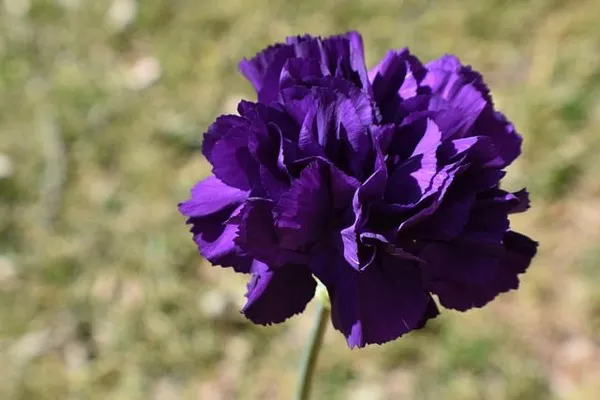As we step into the fresh canvas of a new year, each month brings with it unique characteristics and symbols that resonate with individuals born during that time. January, the inaugural month of the year, is no exception. Beyond its chilly temperatures and new beginnings, January is adorned with its very own birth flower – the captivating carnation. In this article, we delve into the history, symbolism, and cultural significance of carnations, exploring why these blossoms are the perfect representation of those born in the first month of the year.
Historical Significance:
Carnations, scientifically known as Dianthus caryophyllus, have a rich history dating back over 2,000 years. Originating in the Mediterranean region, these flowers were cherished for their vibrant hues and delicate fragrance. The name “carnation” is believed to have been derived from the Latin word “corone,” meaning flower garland or coronation, underlining the flower’s association with celebrations and special occasions.
The cultivation of carnations spread across Europe during the Roman Empire, where they were often used in religious ceremonies and festivities. As centuries passed, carnations became popular symbols in art, literature, and mythology. The association of carnations with January is deeply rooted in historical traditions, connecting these blooms with the first month of the year and the renewal it represents.
Symbolism of Carnations:
Carnations are not merely beautiful flowers; they carry a profound symbolism that resonates with the essence of January-born individuals. The meanings attributed to carnations vary based on their colors, with each hue conveying a unique message.
Red Carnations: Red carnations are emblematic of deep love and admiration. They symbolize the strength and enduring nature of love, making them a perfect choice for those celebrating milestones or expressing romantic sentiments. January, being a month of new beginnings, aligns well with the passionate and determined energy represented by red carnations.
White Carnations: White carnations are associated with purity, innocence, and good luck. These blooms evoke a sense of freshness and newness, aligning perfectly with the start of the year. White carnations are often chosen to symbolize the hope and optimism that accompany the onset of a new chapter, making them an ideal choice for January birthdays.
Pink Carnations: Pink carnations convey gratitude, admiration, and affection. They are a symbol of appreciation and recognition, making them a thoughtful gift for expressing admiration towards someone born in January. Pink carnations also carry a sense of charm and grace, adding a touch of sweetness to the birthday celebrations.
Cultural Significance:
Carnations have not only played a significant role in historical and symbolic contexts but have also found a place in various cultural practices around the world. In many countries, carnations are woven into garlands and used in religious ceremonies, signifying purity and divine connection.
In some cultures, red carnations are specifically associated with festivities and celebrations. During January, these vibrant blooms may be used to decorate homes, events, and even worn as accessories in the form of corsages or boutonnieres during birthday celebrations. The cultural significance of carnations extends beyond their aesthetic appeal, contributing to the overall atmosphere of joy and positivity associated with the month of January.
Caring for Carnations:
For those fortunate enough to call carnations their birth flower, understanding how to care for these delicate blossoms ensures their beauty lasts. Carnations thrive in well-drained soil with plenty of sunlight. Regular watering, deadheading faded blooms, and providing adequate air circulation are essential for maintaining the health and vibrancy of carnations.
Additionally, carnations are known for their longevity, both on the plant and as cut flowers. When used in floral arrangements, cutting the stems at an angle and placing them in a vase with fresh water helps prolong their life. By caring for carnations with diligence, individuals born in January can enjoy the full splendor of their birth flower.
Conclusion:
In the grand tapestry of nature, each month is adorned with a unique birth flower, and January is no exception with its enchanting carnations. These blossoms, steeped in history, symbolism, and cultural significance, offer a meaningful representation of the qualities associated with those born in the first month of the year.
Whether gifted as a bouquet, used in celebrations, or simply appreciated for their natural beauty, carnations embody the spirit of January. As we embark on a new year filled with possibilities, let the vibrant hues and timeless elegance of carnations remind us of the enduring qualities of love, purity, and admiration that define the essence of January-born individuals.


